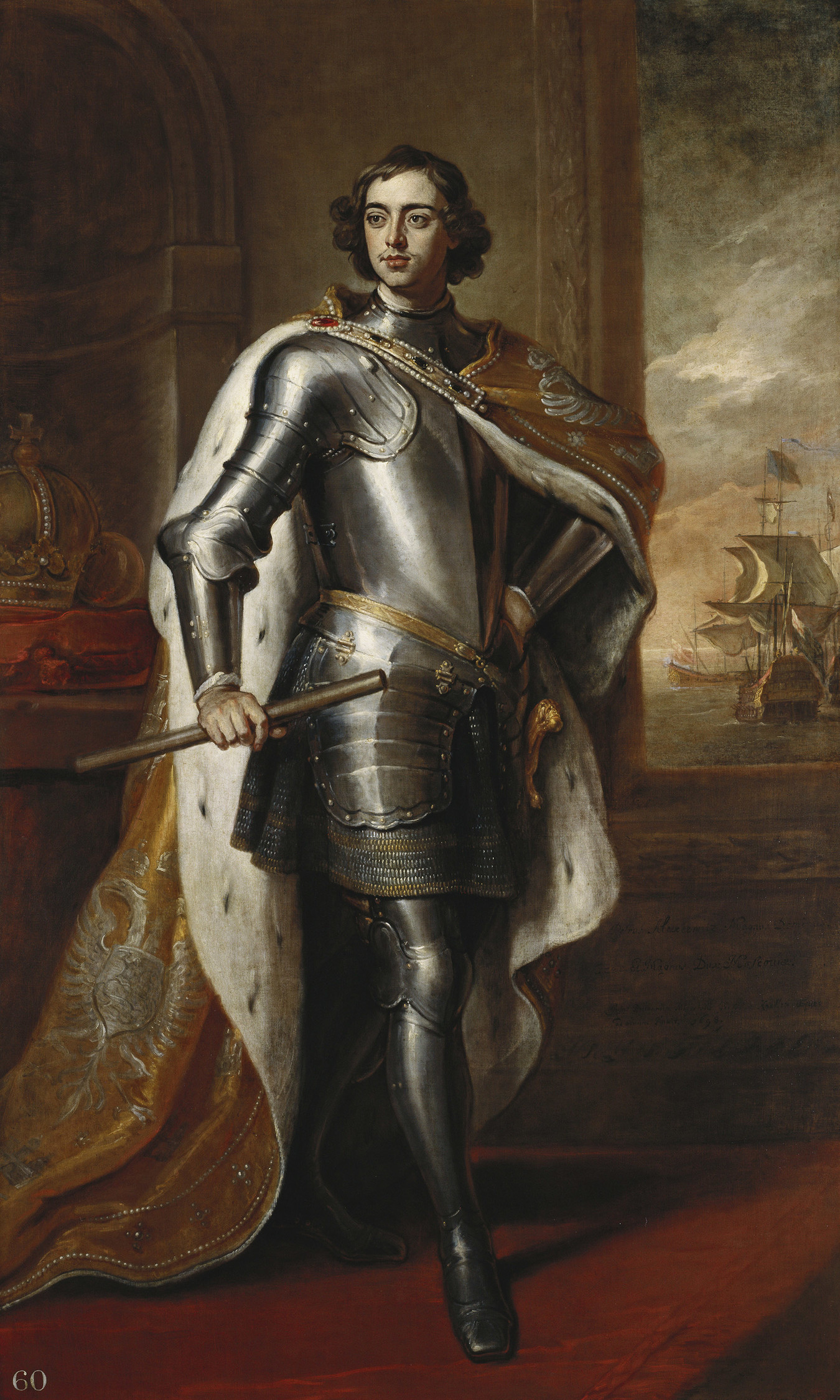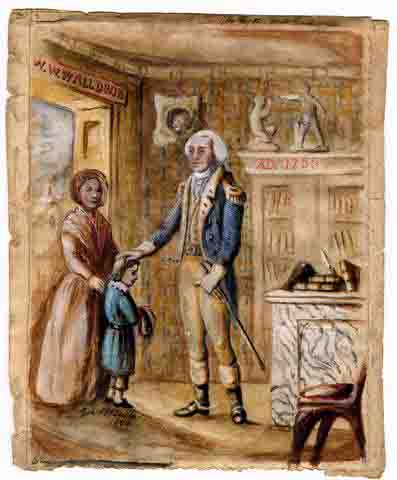 |
| Much-romanticized view of traveling through Cumberland Gap |
Planes, trains, and automobiles … none of those had been
invented yet during America’s colonial era. So how did people get around?
The most obvious method is on horseback, or by carriage or
wagon. But not every manner of conveyance was suitable for every kind of
journey.
Freight, for instance, was most likely carried by horse-drawn
wagon or ox-drawn cart, which I discussed in another post. The oxen were
most often driven by use of a long, slender rod and verbal commands, with the
drover walking alongside, but horses were driven from the seat of the wagon. On
a long journey with larger numbers of people, however, the able-bodied would
walk to save exertion on the horses, leaving only the infirm or small children
to ride.
Both ox-carts and wagons required a proper road for passage,
thus the term wagon road to distinguish from a bridle path, where walking or
mounted on horseback was required. Carriages or coaches needed even better
roads.
So, in cities and towns, and in well-populated areas with
good roads, people could be free to use coaches or carts of varying sizes
without too much worry. But what about when folk desired to travel to, say, the
wilderness? How did they manage to get there?
This was a question I had to explore while planning my upcoming novel
The Cumberland Bride, which traces
the journey of one fictional party of settlers from eastern Tennessee up into
the wilds of Kentucky. First I had to figure out exactly when the Wilderness Road was opened for wagon travel. At the time my story is set,
1794, the route had been improved to a wagon road from southwestern Virginia,
across east Tennessee and up to Cumberland Gap, but northward the way was still
too rugged for wagon travel.
People had to pack things, then, onto horses and mules, and
either ride horseback and walk. They’d often put small children or mothers with
babies aboard the pack horses, but for the most part people made the journey on
foot. They’d face rocky terrain, fallen trees, steep hills, muddy ground,
creeks and rivers of varying widths and depths, wetlands, mud flats, and sand
pits, as well as dangers from wild animals and hostile natives. They risked frostbite,
sunstroke, heat exhaustion, and other injury and illness, including a nasty
condition called “foot scald” if they walked too long in wet shoes.
 Travel on good roads by coach was still no easy affair. Long
hours of bouncing and jostling often made many prefer to be directly on
horseback, and I think I’d have agreed with them, even with my aging body!
Travel on good roads by coach was still no easy affair. Long
hours of bouncing and jostling often made many prefer to be directly on
horseback, and I think I’d have agreed with them, even with my aging body!We moderns like to think, however, that we could be tough, but I’m continually amazed at the tenacity and fortitude of folk who traveled long distances in those days before the comparatively “easy” travel methods of the present. It's incredible the lengths our ancestors went to, to try to make a better life for themselves and their children.





.jpg)








